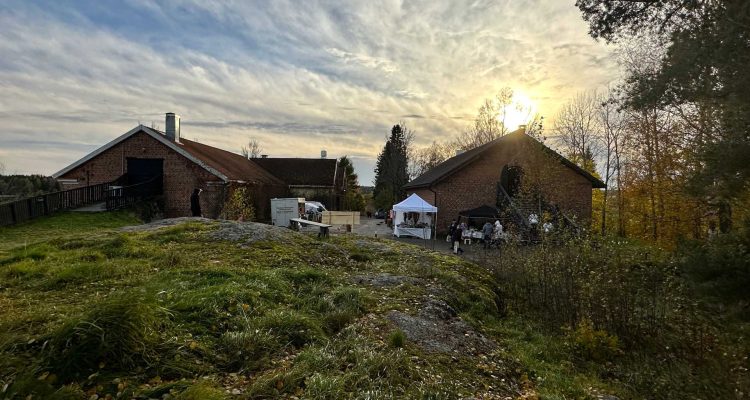Rikalanmäki was one of the most remarkable medieval trading hubs in Finland. The Rikalanmäki ancient trail in Salo, Finland, invites visitors on a captivating journey through time. This short trail winds through the Rikala mansion area and ancient burial grounds, revealing the rich cultural history of the region. Significantly, Rikalanmäki features a thoroughly investigated burial ground from the Crusade era, alongside a cremation cemetery and a small number of cup-marked stones.
A glimpse into Rikalanmäki’s past
Originally situated by the water’s edge, Rikalanmäki and the neighboring Rikala hill fort played a crucial role during the Viking Age, attracting active trade from Viking merchants.
Between the 11th and 13th centuries, Rikala served as a vital trading post, yielding numerous artifacts from the Bronze and Iron Ages. Foreign merchants, likely from Gotland, engaged in frequent trade, exchanging metals and weapons for furs from the Häme region. The nearby hill fort, strategically designed, fortified the region.
The 13th century marked a transformative period for Rikala as Christianity took root. The authority of the chieftain diminished, and control shifted to the Swedish crown and the Catholic Church. This era witnessed the emergence of prominent manors, including Joensuu, Wiurila, and Vuorentaka.
Treasures and discoveries from Rikalanmäki
The first treasure discoveries in the ancient Rikala area date back to 1862. The peak of Rikala’s prosperity in the 11th and 12th centuries is evident in numerous significant finds, such as the Gicelin sword and the silver jewels called Halikon käädyt. Archaeological excavations in the 1950s unveiled a burial ground with around 50 examined graves, revealing an array of weapons, personal items, valuable coins, and even remnants of clothing. This burial ground provides valuable insights into the daily life of that era. Many secrets remain hidden in the ground of this hill.
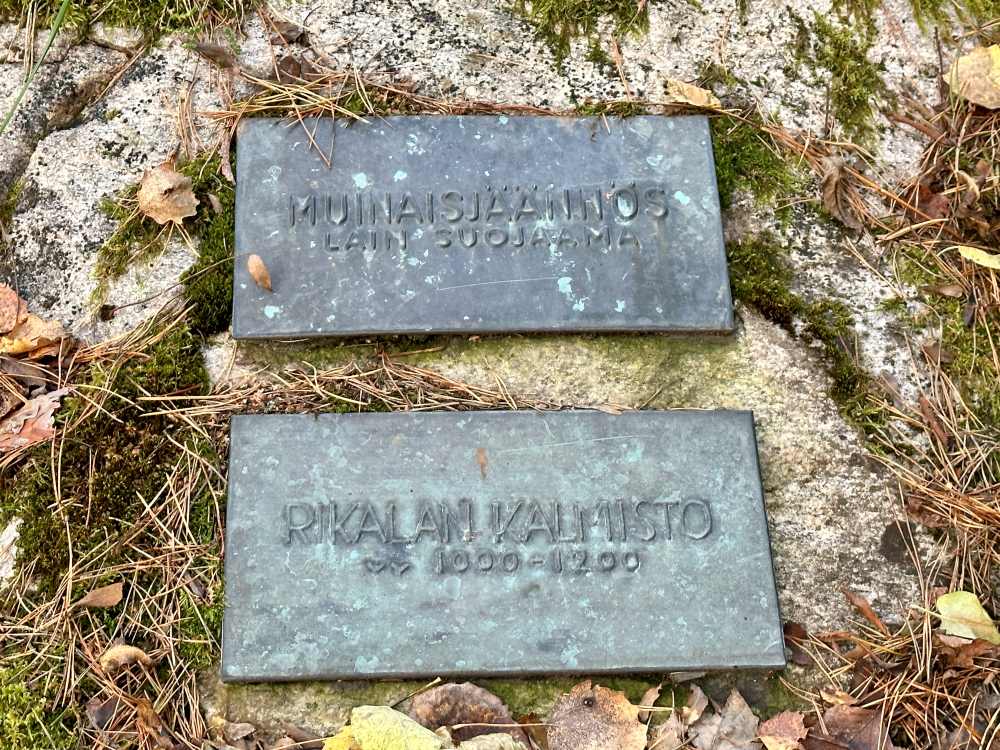
The Gicelin swords, dating back to the 12th century, bear the inscription of master blacksmith Gicelin. Gicelin is associated with a weapon smith or workshop in the Rhine region. One such sword was discovered in the Rikala burial site in Halikko, revealing blade inscriptions through X-ray analysis. It reads “Gicilen me fecit” (=Gicelin made me) on one side and “In nomine Domini” (=In the name of the Lord) on the other. The sword is 100 centimeters long, with a blade length of 83.5 centimeters. You can find the replica of the sword in Rikalan Krouvi restaurant.
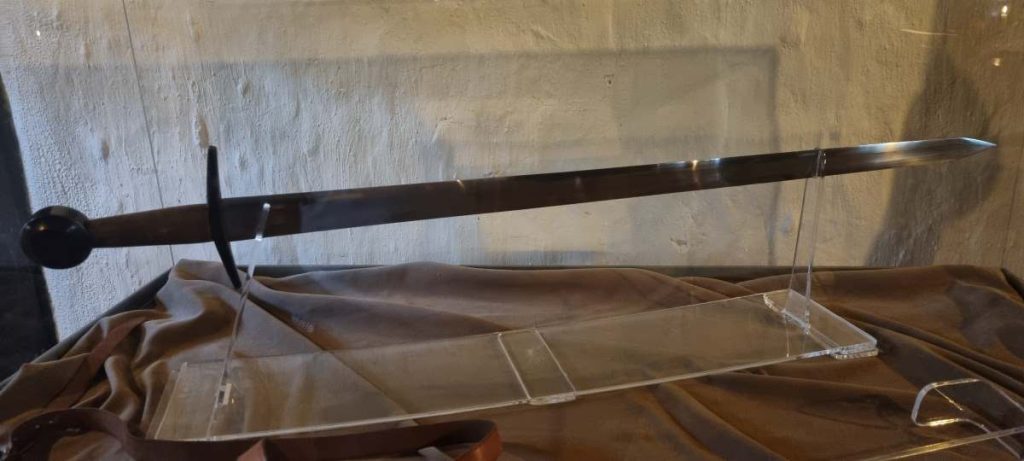
Rikalanmäki ancient trail experience
The Rikalanmäki ancient trail stretches over 400 meters, leading visitors around the main sights of the area. This trail offers an opportunity to explore the rich historical and cultural tapestry interwoven into the landscapes of Rikalanmäki.
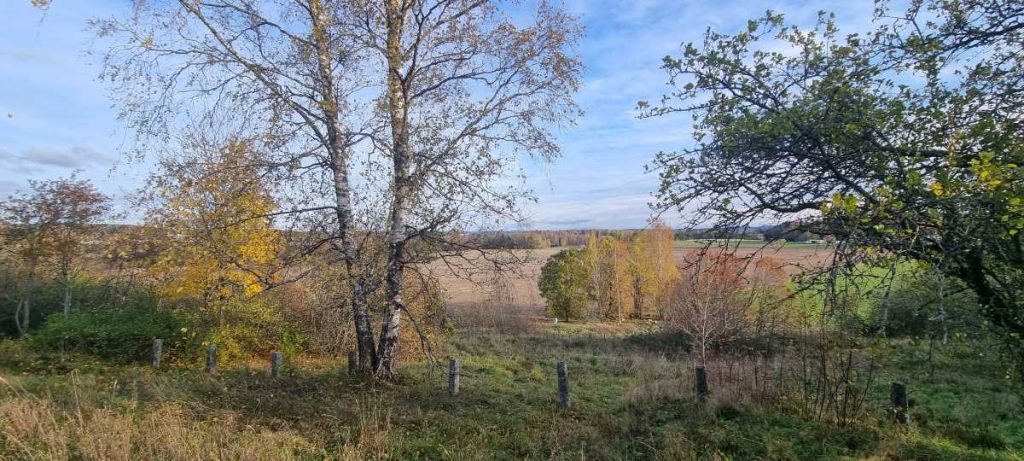
While you won’t discover any swords or jewels on this trail, closing your eyes may transport you to a vivid imagination of this place bustling with merchants engaged in lively trade with each other.
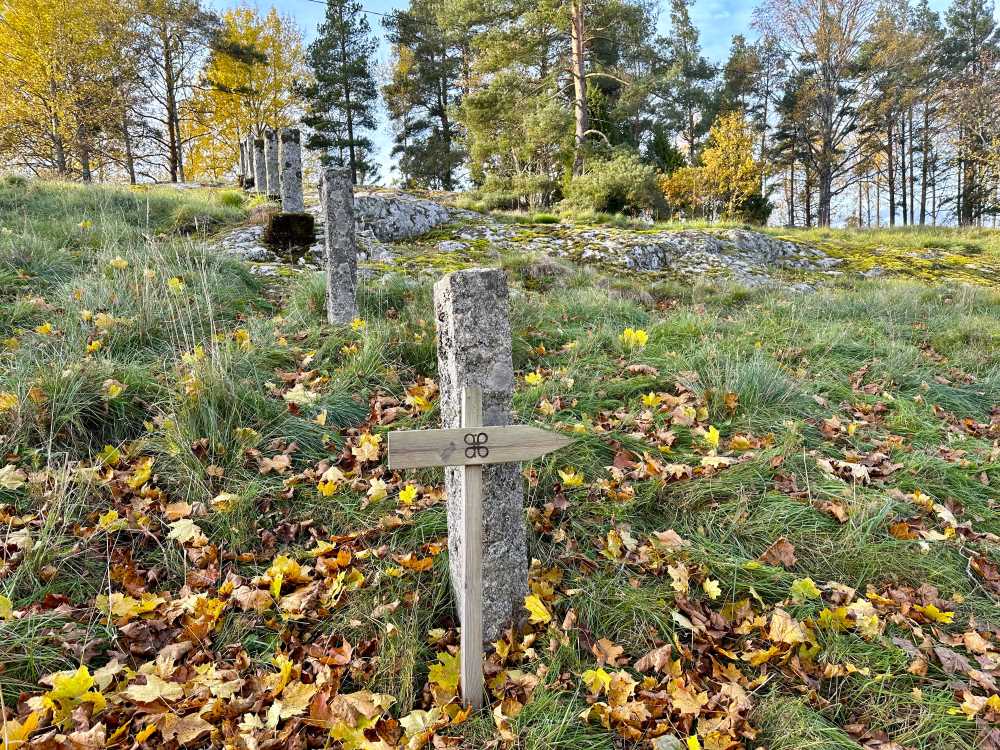
Directions to Rikalanmäki
Address:
Rikalanmäen muinaispolku
Rikalantie 52
24800 Salo
How to get there:
- Car: Rikalanmäki is located about 5 kilometers from the centre of Salo. You can find “Rikalanmäen muinaispolku” from Google maps, or you can use the address Rikalantie 52, Salo.
- Bicycle: You can easily cycle to Rikala from Salo.
- Public transport: The closest bus stop called Iilike is on the main road 110, about 600 meters away. A bus from Salo bus station takes about 10 minutes to Iilike. See Matkahuolto website for timetables and tickets.
Accessibility: This area does not offer any services for the disabled.
When to go: You can visit at any time of the year, but the trail and its smaller signposts might be covered with snow in winter.
Facilities: There is a restaurant called Rikalan Krouvi at Rikalanmäki.
Special to know: The ancient site is protected by the Antiquities Act.
Read also
Historical Ox Road of Häme between Turku and Hämeenlinna
At the footsteps of Viking king on thrilling Vaarniemi nature trail
Exploring the Kuusisto castle ruins in the dark
Prehistoric cup-marked stones in Lohja
Cryptic cup-marked stones in Letku in Tammela

